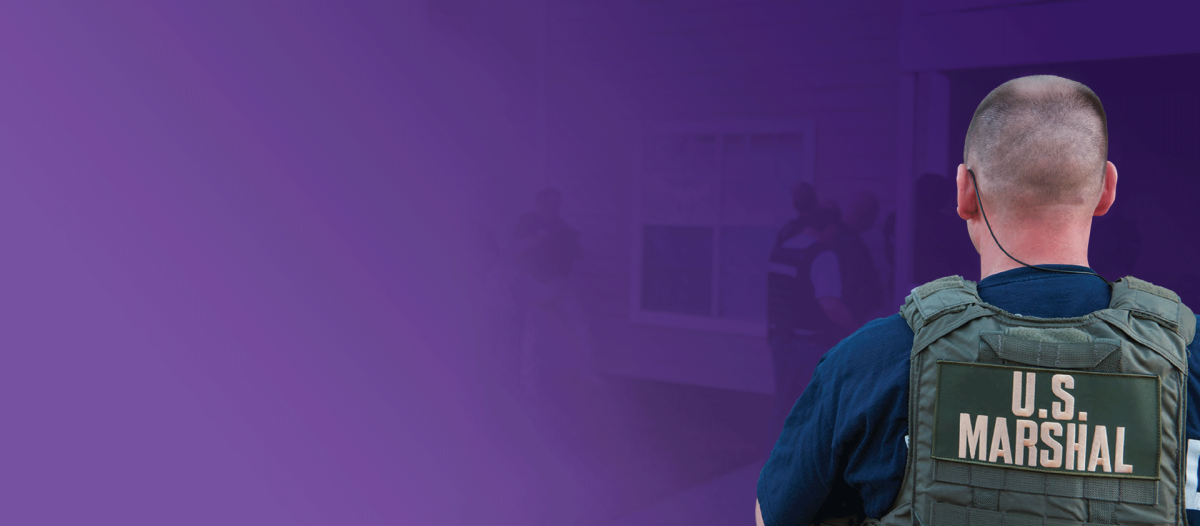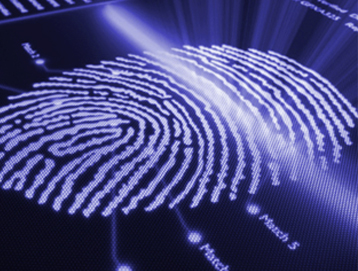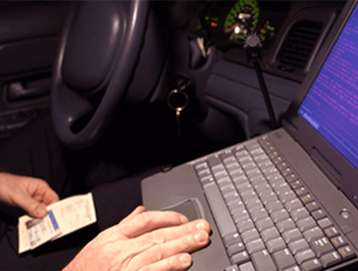- Sponsored
- Sponsored Content
Improve customer service with IT and agile development, U.S. Marshals Service

Federal agencies recognize that improving the customer experience with internal customers can be just as important as it is with external customers. For the U.S. Marshals Service, a federal law enforcement agency within the Department of Justice, that also means working with state and local partners as well. In this abridged Q&A, U.S. Marshals Service CIO Karl Mathias shares how his IT team is working with U.S. marshals and law enforcement partners to improve customer experience.
FedScoop: Describe the primary customer groups you serve – and how important managing the customer experience is to your agency’s mission?
Karl Mathias: It’s extremely important to us. A lot of what we do is internally focused. Our first category of customer includes 94 U.S. marshals, and about 3,700 deputy U.S. marshals who do the work of the agency. We also do investigations to find fugitives and deal with asset forfeiture, special operations and witness security. The second category of customer would be state and our local police forces … and other DOJ components, including the FBI and ATF [the Bureau of Alcohol, Tobacco, Firearms and Explosives] – doing investigations with them. The third category, of course, is the U.S. citizen and trying to tell them what we do, how we do it and how effective we are.
The second category of customer would be state and our local police forces … and other DOJ components, including the FBI and ATF [the Bureau of Alcohol, Tobacco, Firearms and Explosives] – doing investigations with them. The third category, of course, is the U.S. citizen and trying to tell them what we do, how we do it and how effective we are.
When it comes to customer experience, especially for our deputy U.S. marshals … and our state and local partners, we’re always asking: “How can we give time back to the mission? How can we give them tools to be more effective? How can we enhance those partnerships? How can we gain access to common data that might make us both do our missions better?”
When we talk about the citizens, we’re always asking, “How can I get more information out there in the most effective way?’ Or enhancing our social media presence? Or things like, ‘Who are our most wanted? Who should they be on the lookout for?”
FS: What steps has the agency taken over the last year or two to improve the way it measures customer experience – to know what’s working and what’s not – in order to improve performance?
Mathias: We divide the user experience into two categories: “What’s the efficiency with which I provide services?” And “How effective are the interfaces to those services in terms of making it easy to do things?”
One of the things we have done is look at how to measure performance on our service desk more effectively. We’re getting on the order of 2,000 to 2,500 calls per week. We want to make sure our deputies can do their job, not waiting on the phone a long time.
A few measures we keep a careful hold on are call abandonment rate; their average wait once they call in;  and what’s that first-call resolution rate. We also look at our ticket reduction rate and how fast are we resolving these tier two, tier three tickets. Those are all things, which are a major pain point for most organizations, [where we’re trying] to improve our performance … and the customer experience when they call in.
and what’s that first-call resolution rate. We also look at our ticket reduction rate and how fast are we resolving these tier two, tier three tickets. Those are all things, which are a major pain point for most organizations, [where we’re trying] to improve our performance … and the customer experience when they call in.
On the interface side of things, we are in the process of modernizing our case management system, which takes care of our prisoner tracking, our investigations, our security management. We want to make sure that those interfaces are intuitive to our deputy U.S. marshals and to our task force members as they use it.
For example, we’re using agile methods. In each scrum team, the product owner is a deputy U.S. marshal, or as we call it in the civil service, an ‘1811 gun toter.’ They’re in there with that scrum team, looking at things as they go through their sprints, seeing the product and giving advice on how it works – and not just on a computer screen. We’re pushing mobile as much as we can. As we’ve done sprints and produced products [or increments of functionality], we demo them to our personnel at headquarters and then take it out into the field for feedback.
One of the things we’re doing – and I want to credit ATF who gave us this idea – we’re letting key users use the product and then we videotape and watch them as they use it, to see what their reactions are as they go through it, to judge, “OK, is it intuitive? Or is it causing them trouble?”
FS: From the end-users’ point of view, can you describe how they might notice how the user experience has improved?
Mathias: I’ll come back to the service desk. We went from seeing 17-minute waits in the spring of 2015 at the service desk … to less than two minutes – and some weeks where it’s less than one minute.
It’s been interesting to see how that user experience has changed behavior. For instance, we try to provide automated ways for people to recover passwords and they actually find it’s faster to call the service desk than to use the automated means.
In general, it’s taught us why the managed service approach is the way to go. We want to get the government out of the business of hands-on IT and let our vendors do what they do best … with a properly managed contract.
FS: Looking ahead, what additional steps are in the works to continue improving the customer experience such as user design strategies or adopting new technologies?
Mathias: One of the projects in alpha stage right now is Project Shield. It allows deputy U.S. marshals from their smartphone to do queries of the FBI’s National Crime Information Center to check for warrants and make sure they’re current. We’ve also set it up so they can check state and local warrants.
We had a case in Ohio with a gentleman where the federal warrant had expired, but we discovered he had several local warrants and were able to detain him and turn him over to have those local warrants taken care of.
One thing that becomes more obvious as you go out there is you need to limit the amount of typing that a deputy is doing when they’re in the field, especially on a smartphone. We’re trying to bring in technology that can read a driver’s license and grab the data off it, to see is the person on the system of record? Does that picture match who I’m looking at in front of me? We’re also looking to bring in biometrics, so you can do a fingerprint read, or maybe a retinal scan, maybe eventually get to facial recognition. 
Internally, we’re also implementing a service portal that allows a customer to come in, request hardware, do work trouble tickets and set up new account requests, solely through a service portal interface.
I know that these have been out there for a while, but for the U.S. Marshals, this is new. That portal will be functional on mobile devices, on a computer, and we’re going to tie all that into our asset management system, so we’re constantly keeping our asset data up to date at the same time we’re responding to user requests. So, there’s a lot of things going on.
Read more about how Accenture is helping agencies deliver superior customer experiences.
This article was written and produced by FedScoop for, and sponsored by, Accenture.






